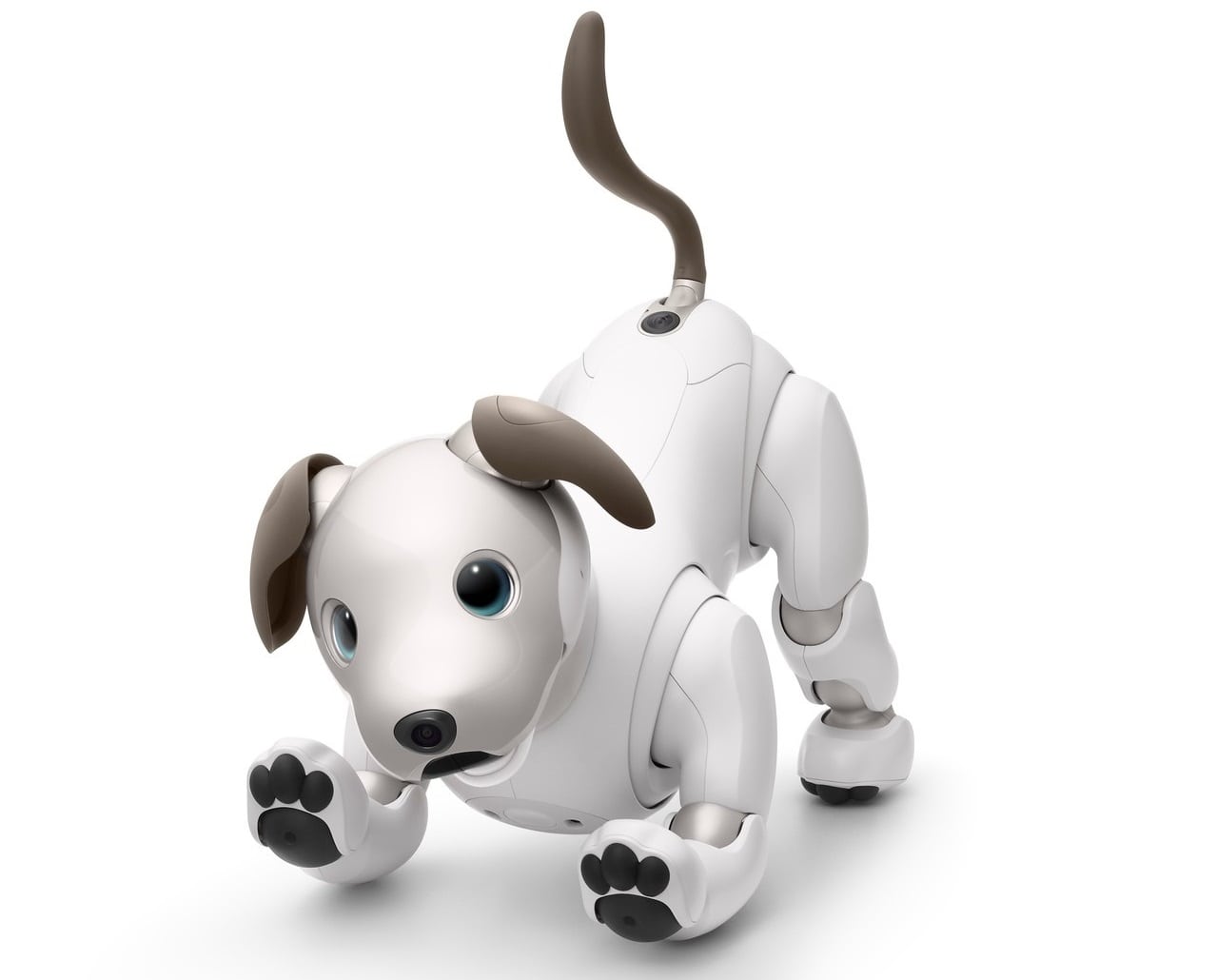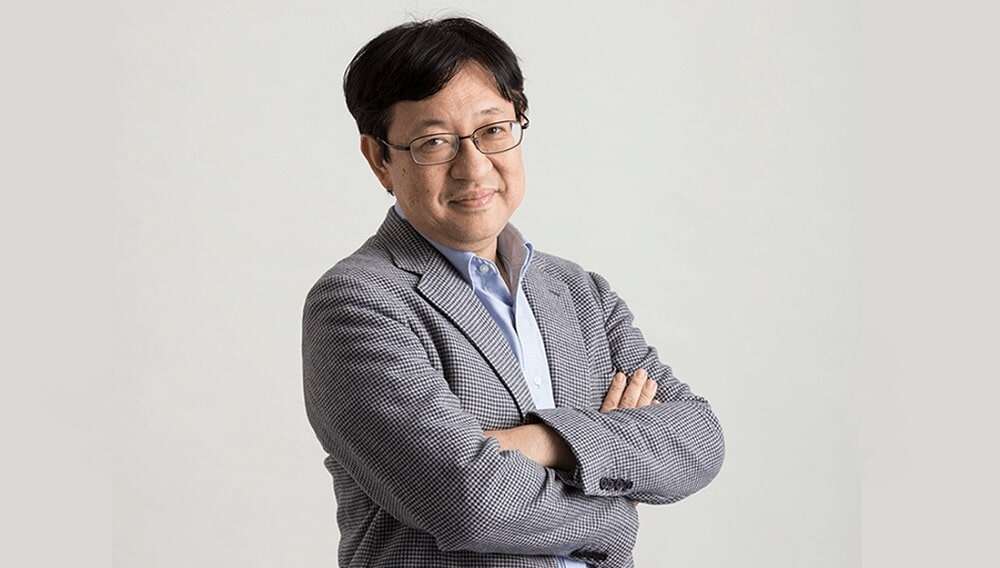Sony’s New Unit Heats up AI Race
Article By : Junko Yoshida

Sony's new unit will pursue advanced R&D in artificial intelligence. The consumer electronics giant is targeting a much bigger role in the accelerating AI race.
TOKYO — Sony Corp. has launched Sony AI, a new organization to pursue advanced R&D in artificial intelligence. With this move, the Japanese consumer electronics giant intends to go head-to-head with Google and Facebook, competing for AI talent and projects, and targeting a much bigger role in an ever-accelerating global AI race.
The new organization will be worldwide from day one, with research sites in Tokyo, Austin, Texas, and an unnamed city in Europe. Sony AI will formally start operation next month.
Hiroaki Kitano, president and CEO, Sony Computer Science Laboratories, Inc., will run Sony AI globally. The US site’s chief will be Peter Stone, professor of Computer Science at the University of Texas at Austin.
Reportedly, Sony AI will attempt to recruit globally recognized AI engineering talent; Sony has not disclosed the number of researchers and engineers who will be working in the new group.
The organization itself is neither an independent product/business division nor a unit of Sony’ Computer Science Laboratories. Rather, it is a hub of Sony’s basic R&D of AI, whose research results will be leveraged by Sony’s AI-related projects across the company.
Three AI projects
Sony AI identified three “flagship” projects for its debut, in “gaming, imaging & sensing, and gastronomy,” according to the company. The goal is to leverage AI technologies for adding value to Sony’s existing gaming and hardware (imaging and sensors).
AI and video games are already a match made in heaven. For example, it’s no stretch to imagine AI helping developers test games before release, playing pre-release software at accelerated rates to discover bugs.
Further, machine learning could offer effective tools for in-game analytics, allowing developers to study player behaviors, explore “pathfinding” in game-playing or even automate game designs.
Similarly, AI is destined to play an essential role in the sensor business. Given Sony’s global lead in CMOS image sensors, time-of-flight sensors and others, AI will almost surely expand the ability of Sony’s hardware. As many experts predict, the Holy Grail of next-generation sensors is in adding intelligence to the very edge of the network.
Less clear, however, is what exactly Sony means by using AI research results for “gastronomy.” A Sony spokesman provided the following video clip, explaining, “This is not about AI replacing a chef, but about the collaboration among chefs, robotics and AI.”
What took Sony so long?
Sony AI isn’t just enabling AI in a variety of Sony Group business units. It will pursue “explorative research projects, including AI ethics,” the company said.
In the integration of AI and emotion into robotics, Japan’s consumer giant has led by launching in May 1999 its robotic pet, Aibo. Aibo is a “pal” in Japanese but also an acronym for “Artificial Intelligence Robot.”
Asked why Sony took so long to launch an independent AI unit, a spokesman told EE Times that Sony has been engaged for years in a host of AI R&D projects beyond Aibo. He stressed that by no means does Sony see itself as a latecomer to AI R&D. The Japanese company is confident that its AI prowess, even if not yet well publicized, can claim equal footing with Google AI or Facebook AI.
With its second-generation Aibo, Sony recently opened its API so that software developers can create new applications on the Aibo robotic dog platform. Aibo’s monthly subscription-based service will allow subscribers to update the system by downloading new software over the air.
In short, Sony has already developed a platform, product, business model, and underlying technologies for its AI robot.
Who is Hiroaki Kitano?

Kitano, who will be heading up Sony AI, is a leading AI researcher. He joined Sony Computer Science Laboratories (Sony CSL) in the mid-1990’s. He is currently president of Sony CSL and a professor at Okinawa Institute of Science and Technology.
Sony CSL, founded in 1988, is known for its independence and secrecy. About 30 researchers — based in Tokyo and Paris — are known to be pursuing unique research projects not necessarily linked to Sony’s core businesses. The original Aibo was born in this lab, with Kitano as part of the development team.
Meanwhile, the second-generation Aibo, already a commercial business, was launched not by Sony CSL but a separate business unit.
As he keeps the storied Sony CSL going, Kitano’s new responsibility is to manage Sony AI, first by bringing in world-class AI researchers and engineers. The company’s assumption is that the new initiatives require diversity in talent and multi-disciplinary approaches.
A hint of Kitano’s passion in his search for “far-reaching solutions to major problems” at Sony CSL emerge in a lecture at Sapienza University of Rome last year.
In his bio on Sony’s website, Kitano explains that he studied “particle physics in college, later moving into computer science, in particular artificial intelligence research, and then engaging in research into massively parallel artificial intelligence, voice recognition systems, and machine learning.” Kitano’s PhD thesis in machine translation was titled “Speech-to-speech translation: a massively parallel memory-based approach.”
Kitano’s research interest is broad, ranging from robotics and biosciences to “system biology” and artificial intelligence. After studying multiple disciplines in Science, Kitano emphatically wrote:
…it became clear that human intelligence may fall short of handling vastness and complexity of living systems and data generated to uncrack the system. Artificial Intelligence system has to be developed that can assist human in scientific research and accelerate the speed of scientific discovery. This may imply the modality of scientific research itself may be transformed into Human-AI symbiotic activities.
Kitano isn’t exactly an ivory-tower professor. In hopes of accelerating progress in AI and robotics, he determined that setting up a big goal was a key. This idea eventually became RoboCup, a project to develop a team of fully autonomous humanoid robots able to win the FIFA World Cup by 2050. Kitano became the Founding President of the RoboCup Federation.

Sony AI’s Peter Stone in Austin, Texas is the current RoboCup president. Stone, who teaches computer science at the University of Texas at Austin, is a widely cited researcher in Reinforcement Learning and Robotics. On the University’s website, he introduces himself as the founder and director of the Learning Agents Research Group (LARG) within the Artificial Intelligence Laboratory in the Department of Computer Science at The University of Texas, Austin.” Stone is also the associate department chair and chair of the University’s Robotics Portfolio Program.
Stone’s main research interest in AI is “understanding how we can best create complete intelligent agents. I consider adaptation, interaction, and embodiment to be essential capabilities of such agents,” he expalined, “thus, my research focuses mainly on machine learning, multiagent systems, and robotics.”
Subscribe to Newsletter
Test Qr code text s ss


